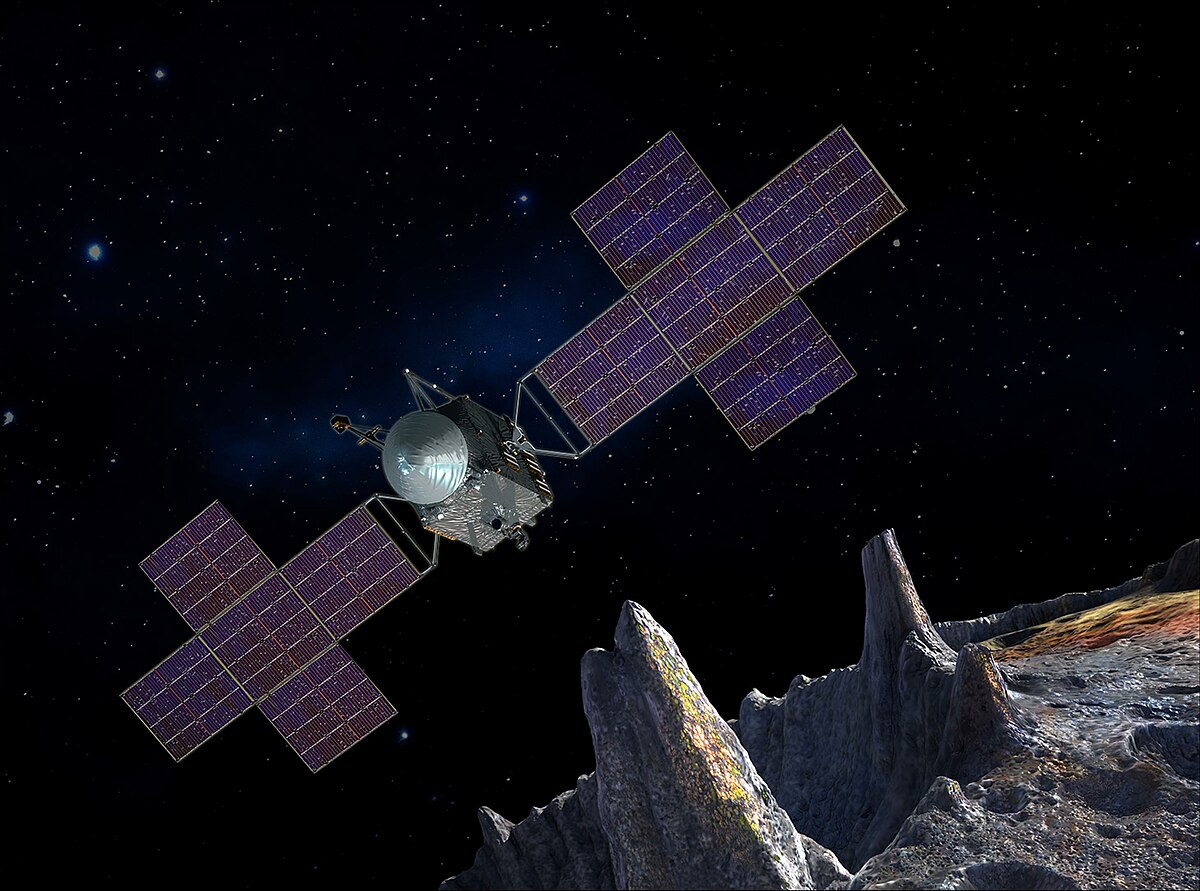NG Missile Vessels
FULL MEMBER

- Joined
- Apr 9, 2023
- Messages
- 1,600
- Reaction score
- 0
- Country
- Location
With seven straight successful launches, the LVM-3 rocket that took the 4-tonne Chandrayaan-3 spacecraft to the drop-off point 180 km above the earth has proved to be a reliable one. Now ISRO, India’s space agency, is working on upgrading it further so that it can carry 6-tonne heavy payloads up to Geostationary Transfer Orbits (GTO).
But a rocket like the LVM-3 is good only up to a point. To go further and faster, the LVM-3 will not do. Nor is LVM-3 quite the thing for bringing down the cost of launching satellites, for which purpose, you would need reusable launch vehicles and vehicles that use cheaper fuels.
The good news is, ISRO is working on a bunch of rocket technologies- some of which are sure to hit commercial service in a decade.
Here is a quick look at some of them.
Air-breathing rockets
ISRO’s Chairman, Sreedhara Panicker Somanath, calls air-breathing rockets “a dream”. Air-breathing rockets have scramjet engines that can accelerate by themselves during their flight through the atmosphere, conserving chemical fuels for use later.
To put it simply, ‘scramjet’, or supersonic ram jets, have funnel-like openings on their bodies, with the mouth of the funnel facing the direction of flight. During flight, air enters the funnels at very high speeds and gets compressed as it passes through the thin end of the funnel.
The compressed air is fed into the combustion chamber where it meets the vaporised fuel (as in an automobile engine) and self-ignites. This creates a thrust. In a ramjet, air is fed into the combustion chamber at speeds lesser than the speed of sound (subsonic); in a scramjet engine, it happens at supersonic speeds.
Ramjets and scramjets are commonplace in missile technology. India’s Brahmos missile is fitted with ramjets; a supersonic variant has a scramjet engine. However, scramjets have not been successfully used in rockets, which need to travel not at supersonic speeds (1.2 to 5 Mach), but at hypersonic speeds (above Mach 5).
One Mach is the speed of sound, roughly 1,225 km per hour.
Some years ago, ISRO successfully tested an air-breathing engine on a sounding rocket, but it is now working on a bigger engine (called air-frame integrated air breathing engine) that can sustain longer durations in flight. The engine is actually under manufacture for testing, but even as this is happening, ISRO is in talks with the industry for producing the rockets.
LOx methane engines
Methane engines are hot today, they take rocketry to the next level. The advantages are well known. Liquid methane—essentially LNG—is not as potent a fuel as hydrogen. But the temperature at which it needs to be kept in rocket tanks is much higher than hydrogen–about minus 161°C compared with minus 253°C for hydrogen.
Moreover, it does not leak—the methane molecule is a much bigger one than hydrogen. And, methane is a lot cheaper and abundantly available.
So, every space company is eyeing methane rockets—or, Liquid Oxygen-Methane (or LOx)--because you need an oxidizer for methane to burn. Yet, liquid methane rockets are not yet commonplace, because quite a few challenges must be first overcome.
One is the problem of ‘coking’, or ‘soot deposition’. As the gas approaches the combustion chamber, some of it splits into carbon and hydrogen and the carbon gets deposited on the insides of the tubes as soot, which creates a host of problems such as combustion instability. Researchers are trying to tackle this problem by developing soot-resistant materials, such as ceramics, and adding specially designed additives to the fuel.
Also, the industry needs to get familiar with this technology to develop confidence to put in money into manufacturing.
While practically everybody (SpaceX, Blue Origin, Rocket Lab, etc.) is working on methane rockets, the first to do a proper space flight with one is the Chinese company Landscape, whose Zhuque-2 rocket achieved the feat on July 11—three days before the Chandrayaan-3 launch.
Somanath had told this writer in 2019 that ISRO was working on a LOx methane (or, Methalox) rocket, but it is still under development. Its idea is to convert a cryogenic engine into a LOx-methane.
Jayant Patil, Member of Executive Council of Management, L&T, says that LOx-methane engines are ideal for reusable rockets. Compared with kerosene, liquified methane has 20 per cent lower relative density with the same calorific value and a slightly higher specific impulse—therefore, the fuel is a fifth less heavy than kerosene with a better thrust.
HAVA-India’s space shuttle
ISRO is also working on a space shuttle—a vehicle that can deliver payloads to orbit. It is called HAVA, for Hypersonic Air-breathing Vehicle Assembly, which can deliver payloads of up to 500 kg to low earth orbit. Based on the ‘re-usable launch vehicle’ technology, which itself is under development, the HAVA is a space-shuttle-like vehicle, which will fly on the back of a GSLV, deliver the payload, and return to land on an airstrip, like an airplane. A prototype is expected to be ready for testing in a few years.
These are just a few technologies that ISRO is working on, but there are many more—such as vertical take-off and landing (V-TOL), electric propulsion, nuclear propulsion, not to speak of areas like additive manufacturing in space and research into functional materials.
https://www.google.com/amp/s/www.th...t-generation-rockets/article67093249.ece/amp/









